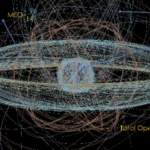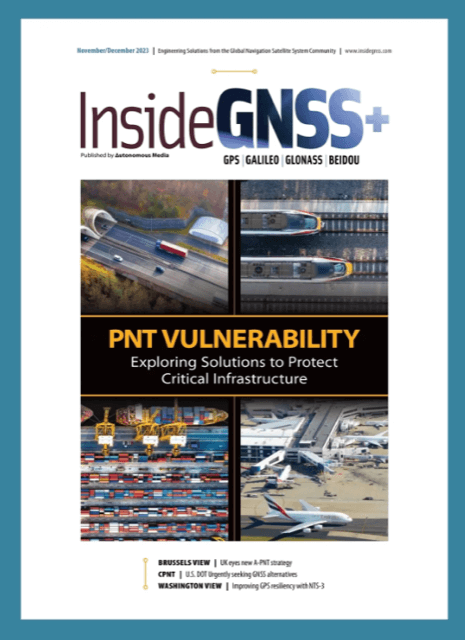Q: How can ground monitoring of GNSS constellations improve on the performance and integrity commitments made by GNSS constellation providers regarding the integrity of their signals and services? What performance benefits might result?
A: The “GNSS Solutions” column in the May/June issue of Inside GNSS [1] described the commitments that have been made by GNSS service providers in terms of limits on Signal-in-Space (SIS) range errors, satellite failure probabilities, and times to alert and recover from failures.
By Inside GNSS











